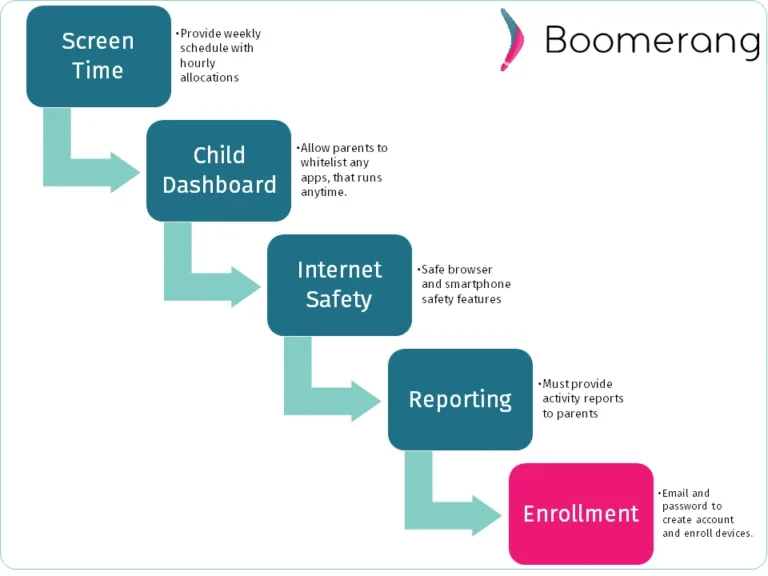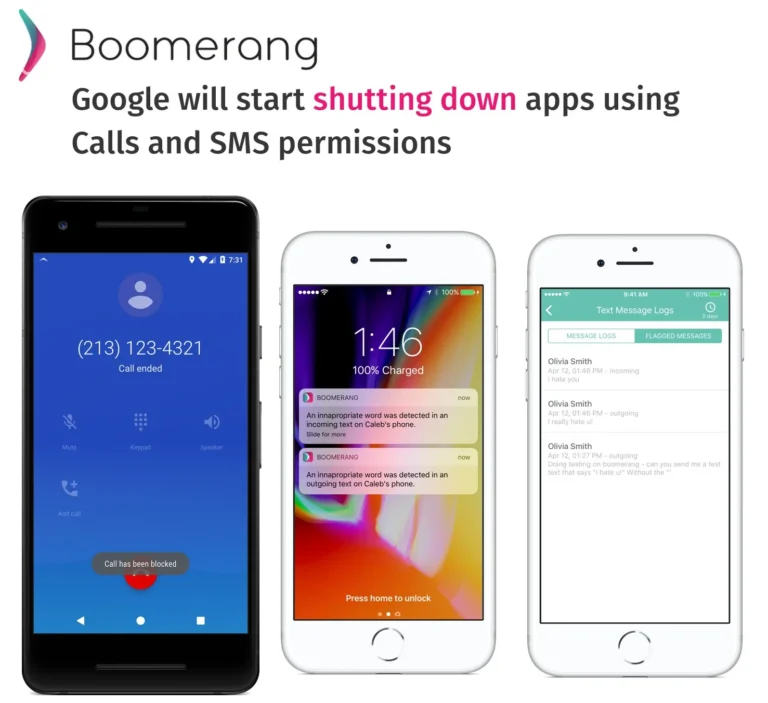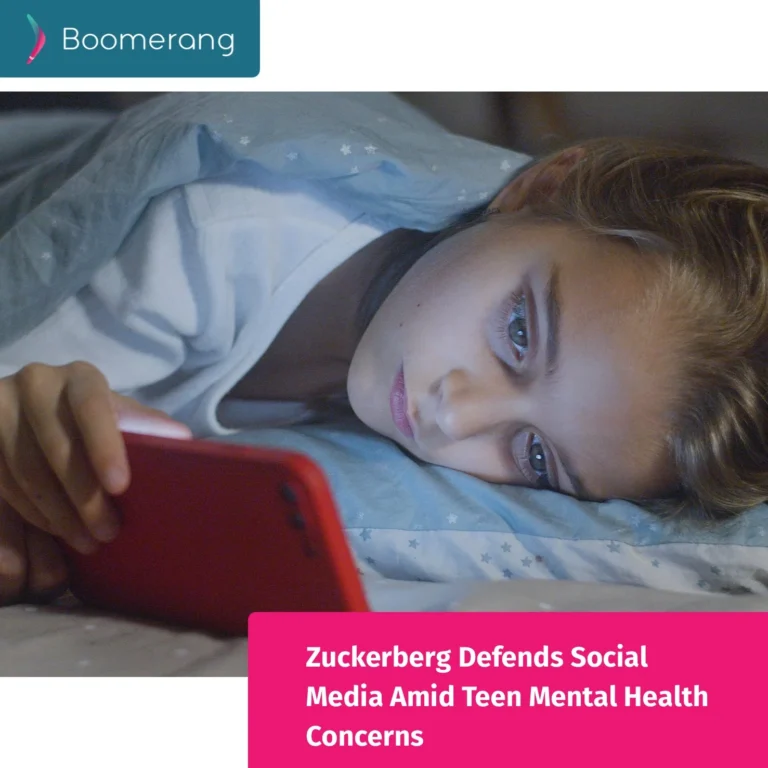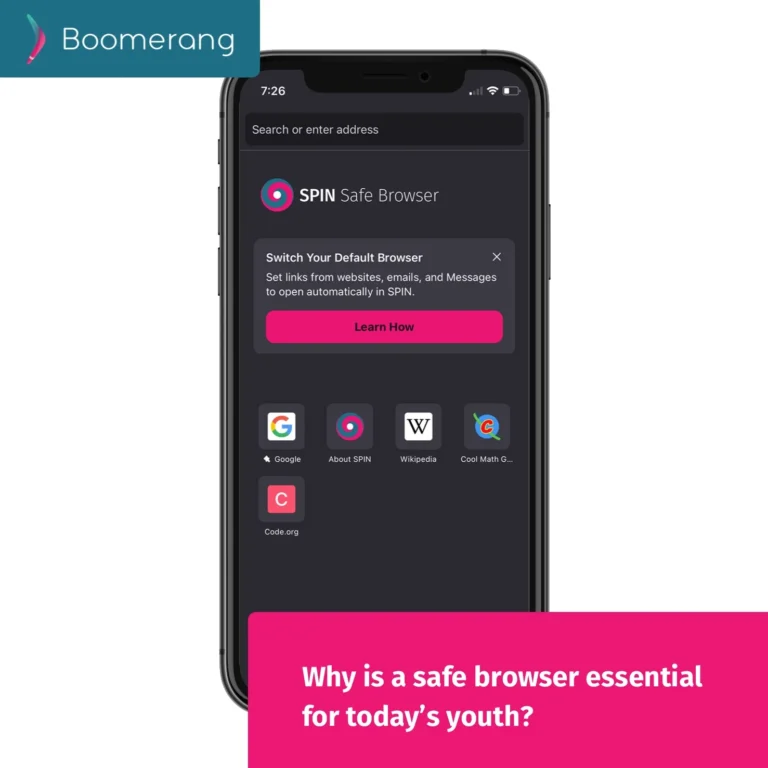17
Jul
2015
Caring about screen time
July 17, 2015
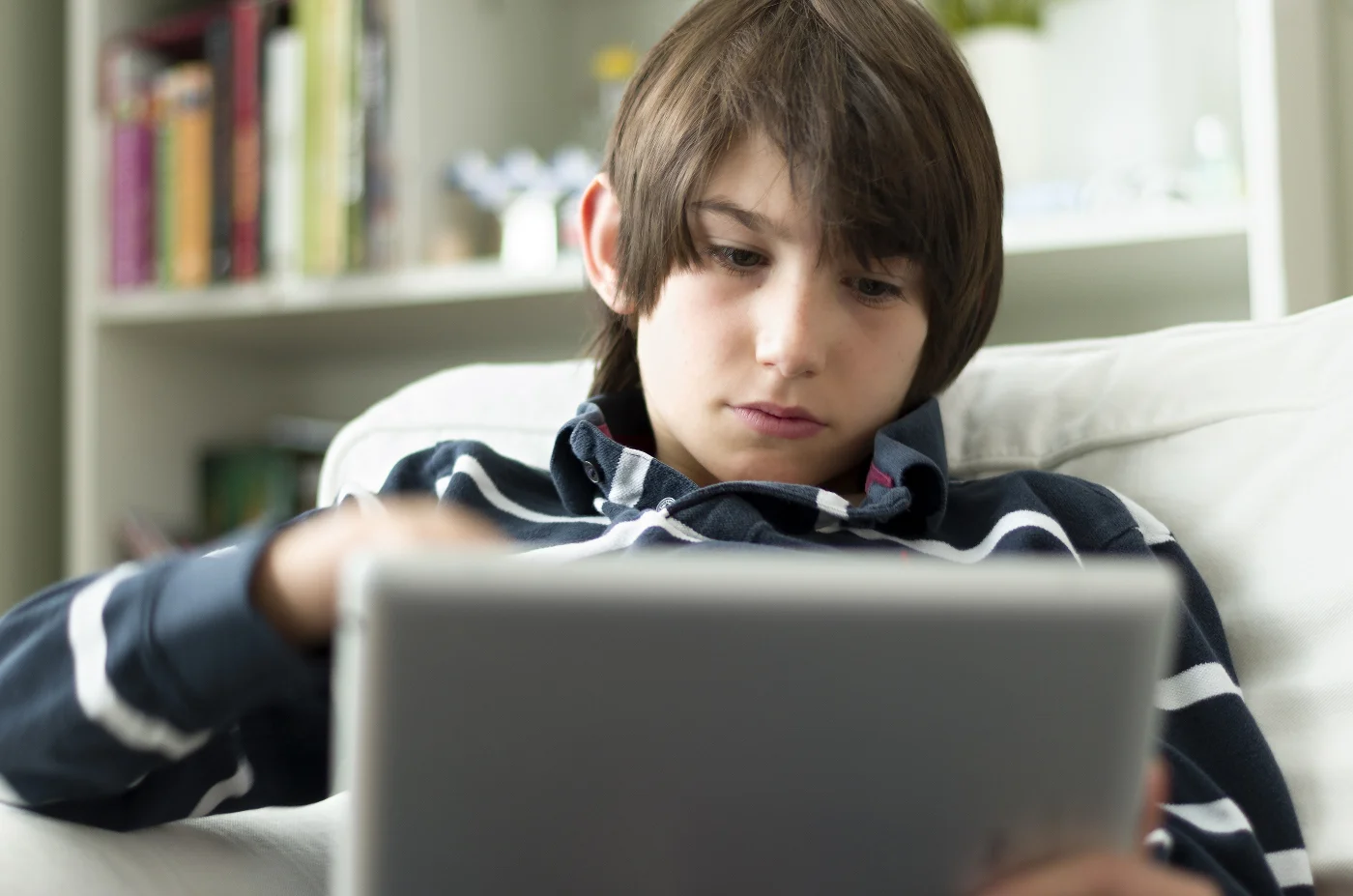
Why should we care so much about Screen Time?
Screen time is a term used more and more in today’s world when discussing the amount of time we spend in front of a glowing screen.
Such a screen can be a computer screen, laptop, TV (shows and video games) or the ever growing mobile devices we carry around all day. As we have become and continue to be more dependant on technology, the inadvertent effect is that we are spending more time in front of these glowing screens vs. previous activities like playing outside, spending time as a family, reading a real book, having conversations with friends, etc.
There are some negative outcomes from having a diet of too much screen time that can lead to some of the following for both Children and Adults.
Caring about screen time in Children
- sleep and eating disorders, as screen time eats their activity time away thus making them less active and more susceptible to obesity
- late nights watching videos on YouTube or messaging with friends
- they’ll prefer to play a game vs. going outside to play with friends or ride their bike
- attention problems at school
Caring about screen time in Adults
- late night TV watching leads to bad sleeping patterns due to the “blue light” that any screens emit
- it distracts us for the real world — how many times do you end up checking Facebook instead of focusing on your work?
- we spend less time with our children and friends
Screen time can be managed and recommended. First, we have to accept that technology is not going away so screen time will exist going forward. Second, we have to work towards a balance between quality and quantity. Lastly, the younger generations need us to be the leaders (aka the older generation) to show “what does good look like” when it comes to Screen Time. Part of this last point is many parents are simply not aware of all of the outcomes of too much time spend on these various devices.
Mobile devices
The popularity of mobile devices is quite amazing. To think that today we have a very powerful computer in the palm of our hand is even more amazing. With the usage growth of any item, like technology devices, there are always some unplanned behaviours (some could argue planned) that go along with them. Addiction has been used as well for the amount of time we do spend with these devices. This is happening with both adults and kids today. Limiting the amount of time we spend has to start with some self-discipline. Kids are being introduced to mobile devices at an earlier age than ever before.
Have you looked around the crowd of a recent kid’s sport activity and noticed how many young kids not watching the game as they are glued to a mobile device? I have. This is one example of the real world experience younger kids are missing out on. The convenience of the “portable babysitter” is truly enticing as a parent — I know! But we need to think long term vs. just in the moment. This starts with our own use of technology when around our kids. I truly believe as parents, we all want to set a good example for our kids — why not start by limiting quality time on their mobile device vs. just using it to keep them busy? Here’s a 1 week activity planner that could help you get started courtesy of ParticipACTION.
Quality vs. Quantity
On average, both the Canadian and United States Paediatrics Societies show that kids between the ages of 8 to 18 are spending over 7 hours per day in front of glowing screens. Some of this time is most likely productive and learning focused (example: growth of technology use in schools) but not all screen time is equal. This time includes the mix of TV, computers at home/school, mobile device usage, videogames, etc. Here’s a recommendation matrix by age groups that’s roughly derived from a mix of Canadian and American Pediatrics information — more information is available in the Sources below.
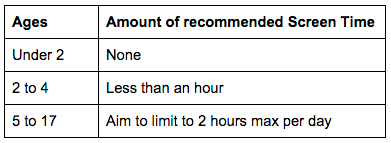
So far I’m focusing on all of the doom and gloom around Screen Time and not providing alternatives. Alternatives are hard as they require your involvement as a parent but alternatives don’t always have to be a physical activity. Here are some ideas:
- family focused board or card games
- reading books or singing songs out loud
- doing some crafts, colouring, etc.
- play a music instrument — don’t have one, start to learn
- have “joke time” where you share/make up jokes
- cook something as a family
- look for volunteering opportunities in your community
- lastly activity ideas: go for a walk/hike as a family, go to the local park and have a picnic, ride a bike, throw a football or play street hockey, etc…
Future Generations
For this section I want to go back to a little bit of the “doom and gloom” side of spending too much time on mobile devices and the world that is available today to our children.
the internet in its raw form is a place of endless information. As with all things that are vast, there’s good and bad.
The good comes in various forms, from schools being able to leverage the power of the web for tools for the classrooms, opportunities to learn from resources like Wikipedia (remember those Britannica tomes?), being able to explore far away places as if you’re there (Google Maps/Google Earth). Having web conferences with family members across the world keeping the relationships close and more intimate than a phone call. And many more…
The bad comes down to distractions and unplanned consequences but the biggest part is lack of supervision. Allowing your child to have a smart device connected to the internet in their bedrooms is opening the door to threats we didn’t have to worry about 10 years ago — but this is a reality today. Watch this great video made by Children of the Street Society that shows the potential of how a predator can lure your child.
Monitoring what actually goes on these devices for parents is a challenge.
- Browsing history can easily be deleted or worst never occur via “incognito” features of modern browsers.
- Texting is how our kids communicate — how can we make sure they are behaving appropriately?
- Anonymous chat apps provide an avenue that allows messages to only exist for a small amount of time then disappear.m
- Cyberbullying is real, kids do say and act upon negatives comments online.
- Watching inappropriate things online is also a growing concern as your child grows up.
In summary, supervision is the key when it comes to allowing your children to use technology. Being well informed and empowered to do the right thing for your child, is your utmost priority in this day and age of the information age.
Sources: AAP Media and Children: https://www.aap.org/en-us/advocacy-and-policy/aap-health-initiatives/Pages/Media-and-Children.aspx

